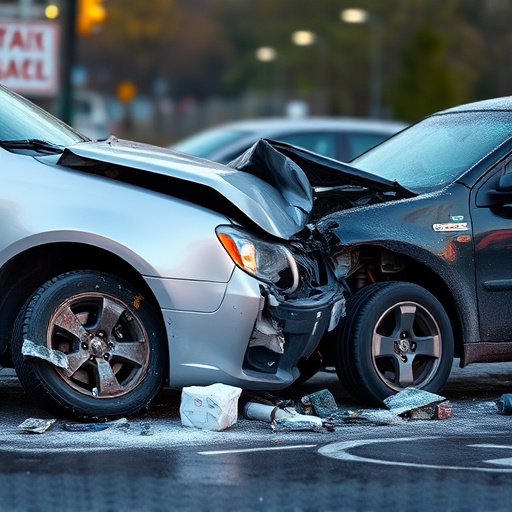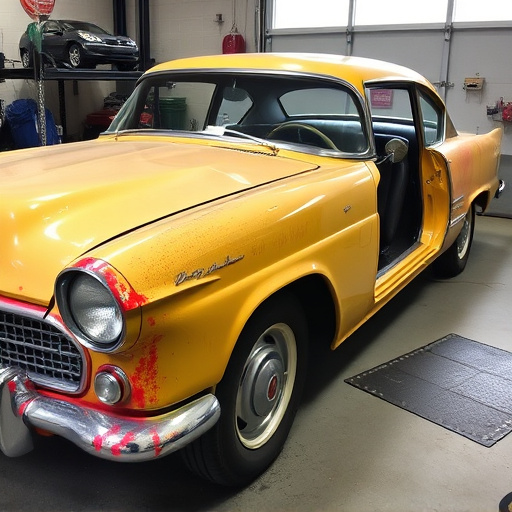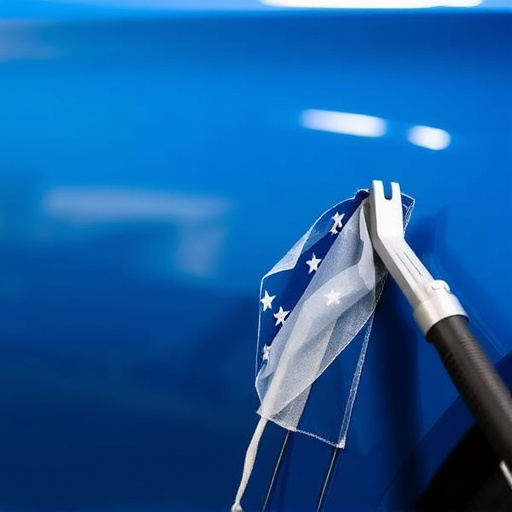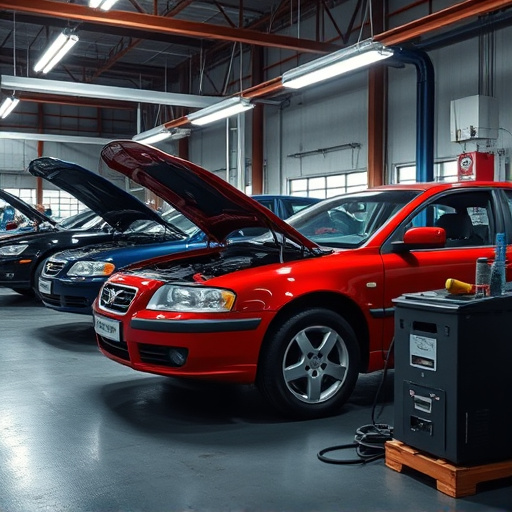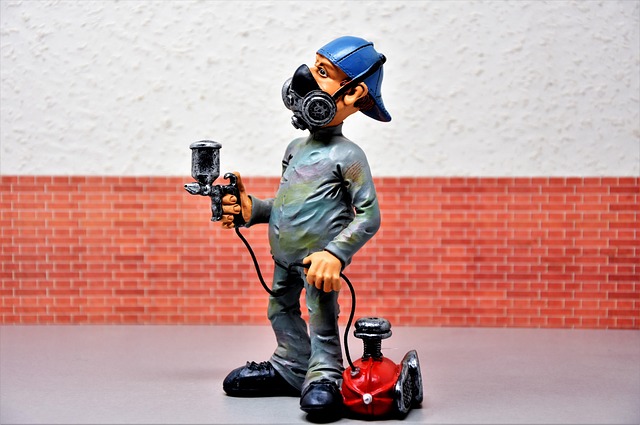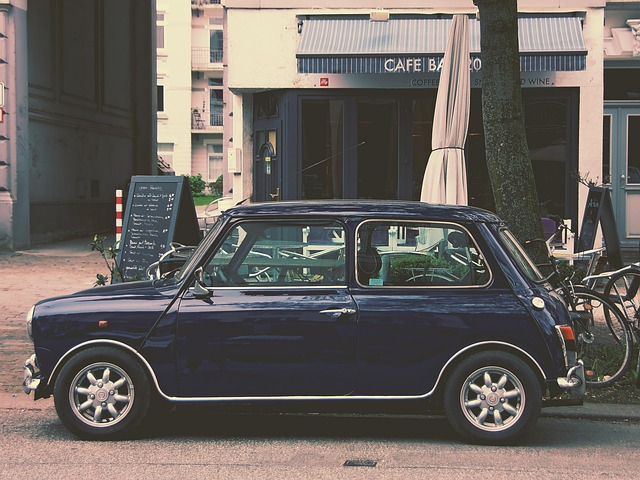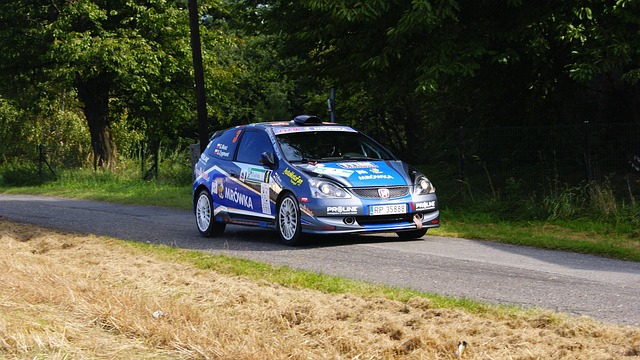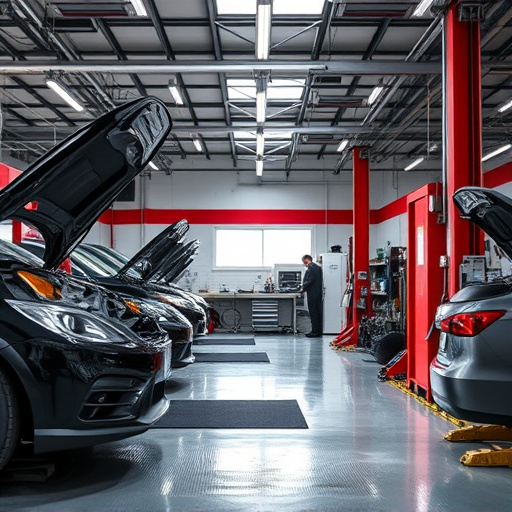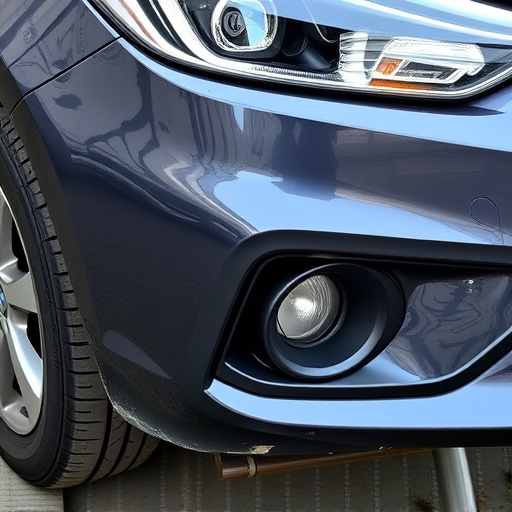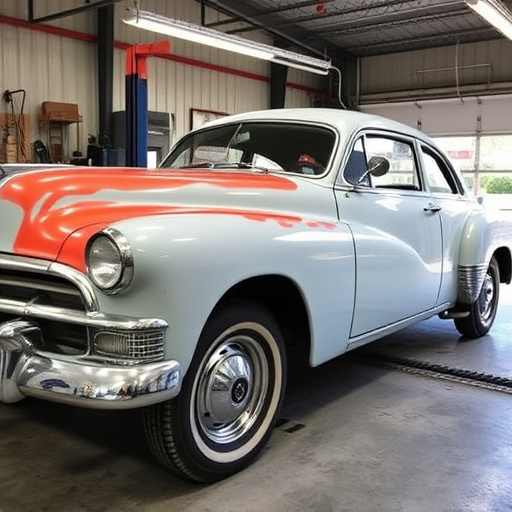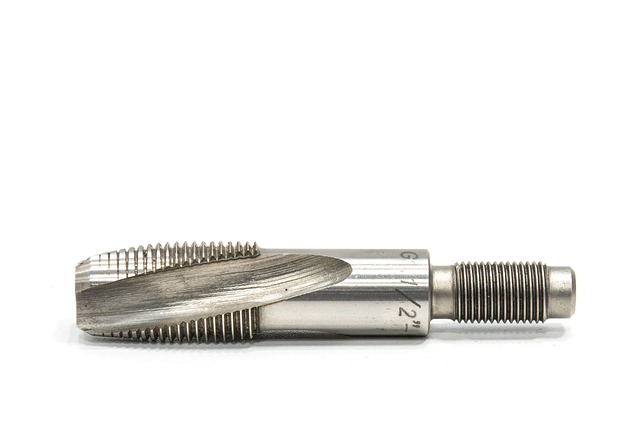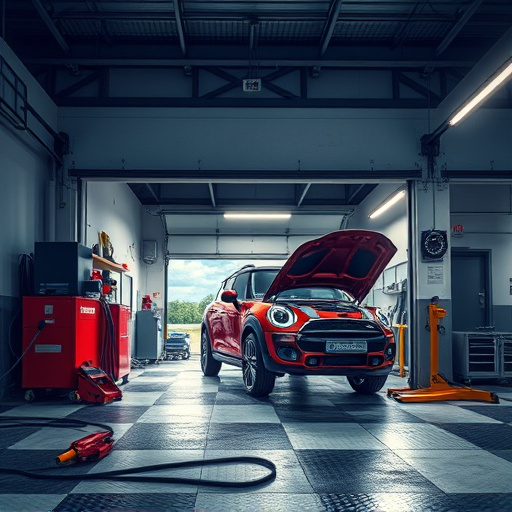Bumper damage from minor incidents is common but reparable through bumper repair services. These offer cost-effective solutions like paintless dent repair for minor issues or traditional body filling and painting for deeper damage. Professional assessment determines the best approach, whether repair or replacement, preserving vehicle lifespan and aesthetics while minimizing waste. The repair process involves assessing damage, using specialized techniques, preparing the bumper, and applying high-quality finish.
Bumper damage can be a common issue, but it often doesn’t require a full replacement. Discover how a bumper repair service can save you time and money while preserving your vehicle’s aesthetics. This article explores the various types of bumper damage, highlights the advantages of repairs over replacements, and provides a step-by-step guide to ensure you’re informed when considering a bumper repair service.
- Understanding Bumper Damage: Common Issues and Their Solutions
- The Benefits of Opting for a Bumper Repair Service
- How Does the Process Work? A Step-by-Step Guide to Bumper Repair
Understanding Bumper Damage: Common Issues and Their Solutions

Bumper damage is a common issue that can arise from various incidents such as minor collisions, parking bumps, or even shopping cart collisions. While it might seem like a complete replacement is necessary, many bumper repair services offer cost-effective solutions to fix these problems without needing a full swap. Common issues include dents, dings, and scratches, which can often be addressed through specialized techniques like paintless dent repair for minor dents and scratches, or more traditional methods involving body filling and painting for deeper damage.
Collision repair centers are equipped with the latest tools and expertise to handle these repairs efficiently. Car scratch repair and car collision repair processes have advanced significantly, allowing for quicker turnaround times and restored aesthetics without compromising structural integrity. Understanding the extent of the damage is crucial; a professional assessment can determine whether a bumper repair service or a replacement is the best course of action, ensuring your vehicle returns to its pre-incident condition.
The Benefits of Opting for a Bumper Repair Service
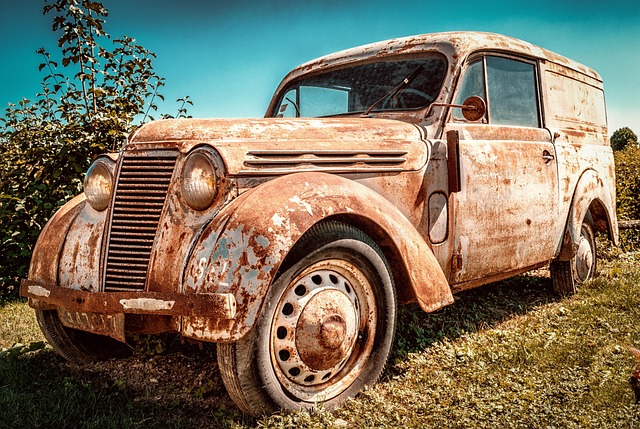
Opting for a bumper repair service offers numerous advantages over full replacement. First and foremost, it’s an environmentally friendly choice, as it reduces waste by preserving the existing vehicle bodywork. This approach is particularly beneficial for minor dents or damages that don’t compromise structural integrity. By choosing bumper repair, you’re extending the lifespan of your vehicle and potentially saving significant costs associated with complete bodywork replacements.
Additionally, a professional collision center providing bumper repair services can often complete the work more swiftly than a full replacement would take. This means less downtime for your vehicle, ensuring you’re back on the road promptly. Moreover, skilled technicians can match the color and finish precisely, maintaining the overall aesthetics of your vehicle’s exterior. A bumper repair service is thus a practical and economical solution, combining efficiency, sustainability, and aesthetic preservation in one comprehensive offering.
How Does the Process Work? A Step-by-Step Guide to Bumper Repair
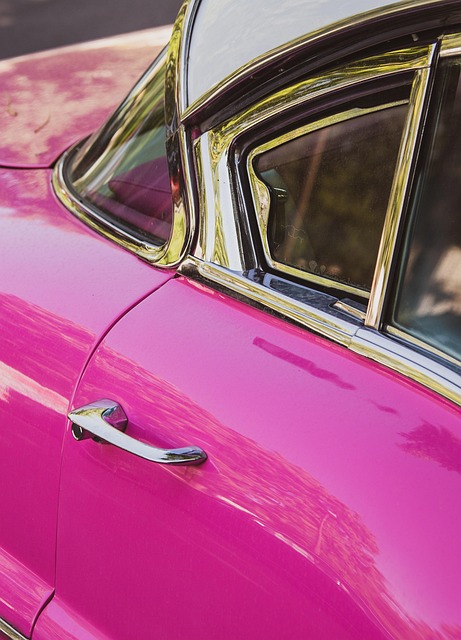
The bumper repair service process involves several steps that can often restore a damaged bumper to its original condition without requiring a full replacement. It starts with an assessment where the extent of damage is determined. This might include cracks, dents, or scratches on the bumper’s surface. If the damage is limited and not structural, a paintless dent repair technique may be employed. Skilled technicians use specialized tools to gently push out the dents from the inside, leaving no visible traces.
For more severe cases where the bumper requires frame straightening, the process becomes more intricate. This involves realigning the metal to its original specifications, ensuring structural integrity. After the frame is straightened and any necessary adjustments are made, the bumper is prepared for painting. This preparation includes thorough cleaning, sanding, and priming to create a smooth base for the final paint job. The last step is the application of high-quality paint, designed to match the bumper’s original finish, ensuring both aesthetic appeal and durability.
Many vehicle owners believe that a damaged bumper always requires complete replacement. However, as this article has highlighted, a bumper repair service often offers a more sustainable and cost-effective solution. By understanding common issues and their repairs, as well as the benefits of choosing this method over replacement, drivers can make informed decisions. With a step-by-step guide in hand, it’s clear that bumper repair services provide an efficient, environmentally friendly, and budget-conscious alternative to full bumper replacements.



